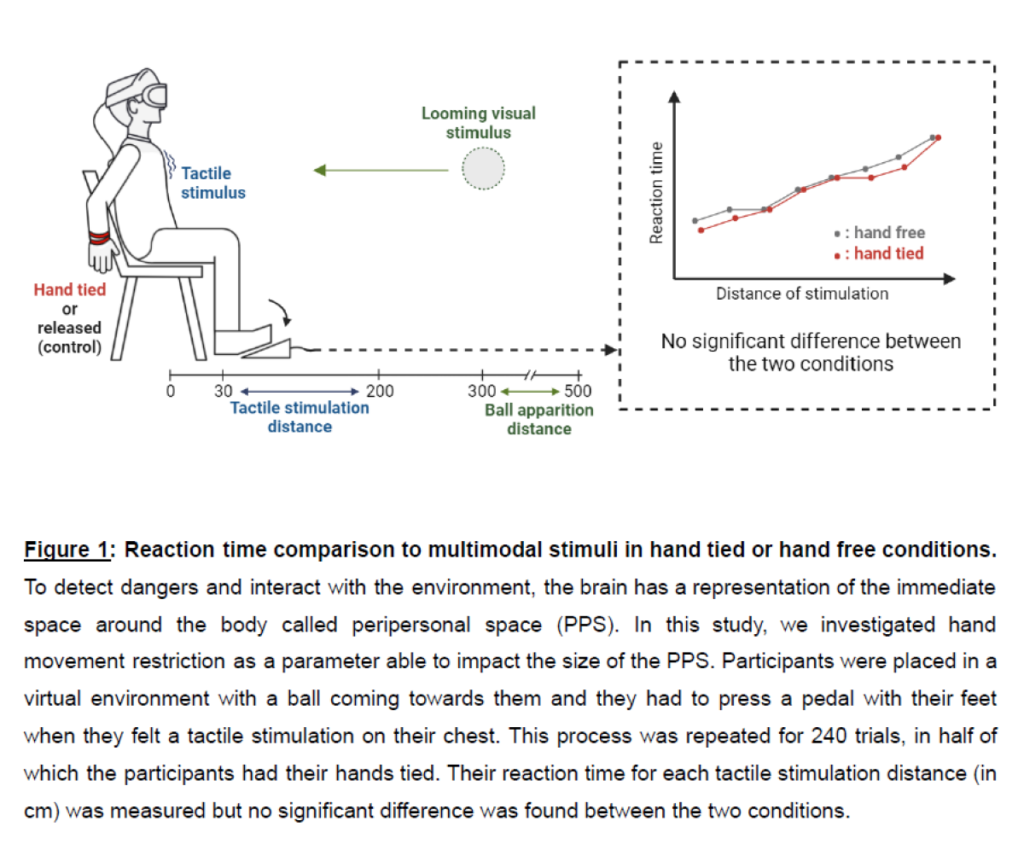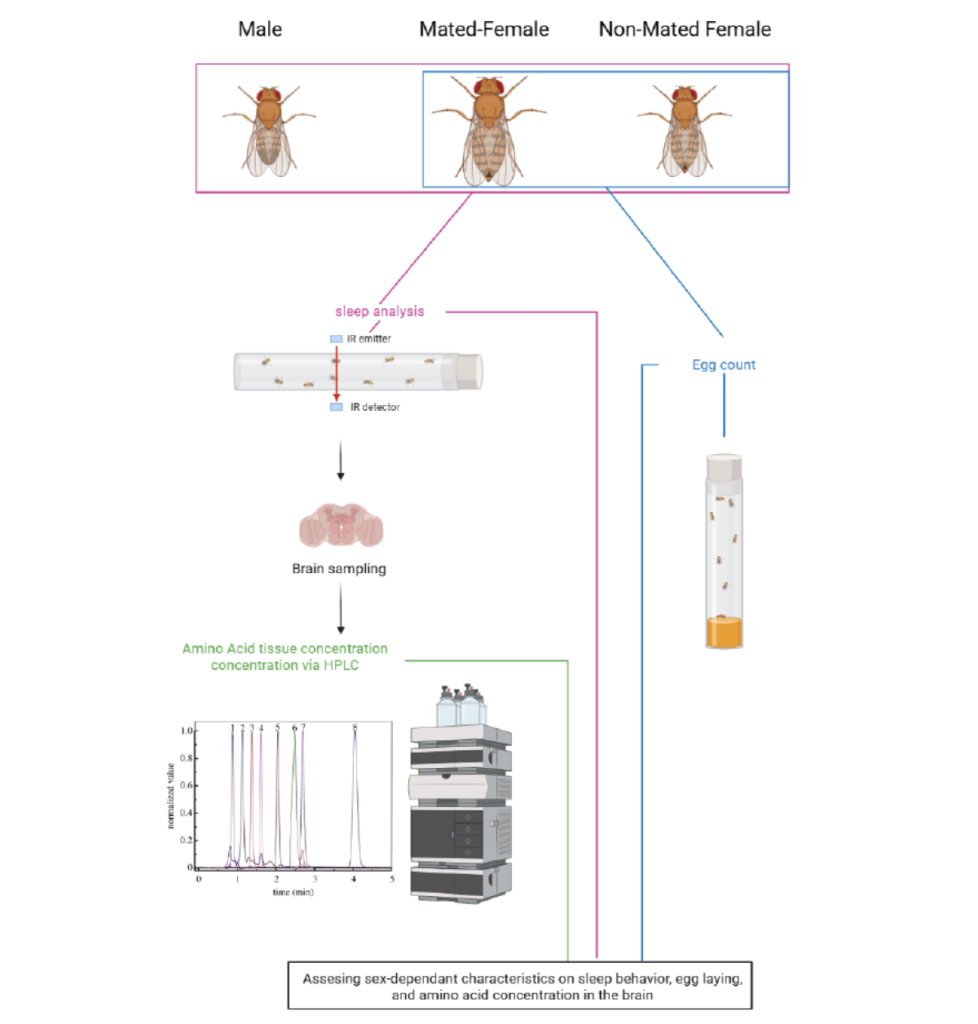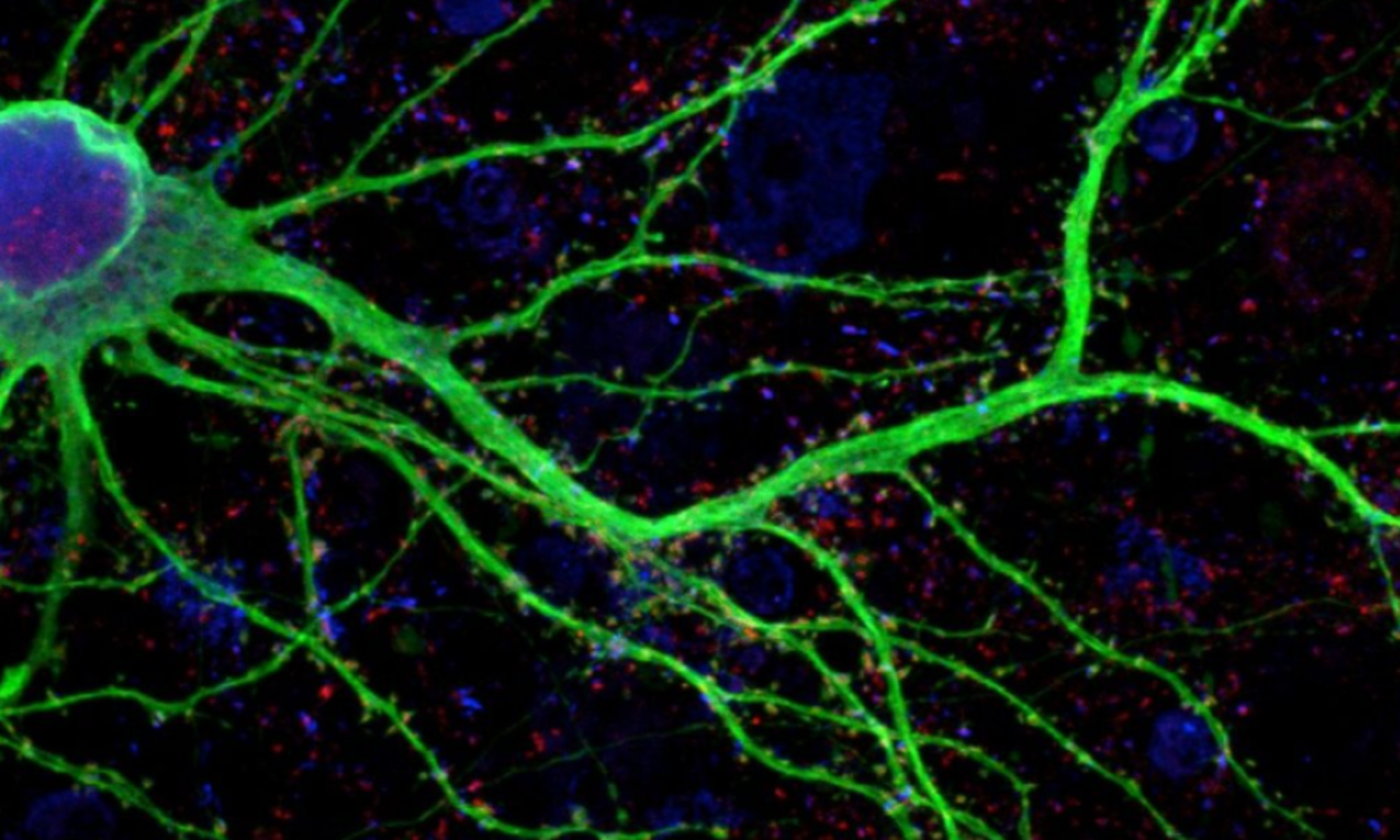The projects that the M1 students carried out in the context of the optional teaching unit « Training on Platforms » in 2023-24
Neural Dynamics underlying Predictive Processing of Visual Information (MEG platform)
Students: Alya ABDERRAHMANE, Selina ADOURI, Sacha DAULIAT & Estelle MAGLOIRE
Supervisors: Mathilde BONNEFOND, Danila SHELEPENKOV & Viktoriya MANYUKHINA
Prediction formation is fundamental to neural processing and crucial for perception. Based on predictive coding theory, which suggests the brain makes predictions using prior knowledge, there are two information streams in the brain: one for top-down predictions (feedforward) and one for bottom-up prediction errors (feedback). It is hypothesized that different oscillations in the brain reflect transmission of this information between brain areas, where some oscillations are related to predictions (alpha,8-12Hz & beta,13-30Hz) and other to prediction errors (gamma,30-100Hz). This study aimed to test whether gamma oscillations carry information about prediction errors. By using an updated odd-ball paradigm with presentation of face images at sequences of varying probabilities, neural activity was recorded in 3 participants using magnetoencephalography (MEG). Behavioral analysis validated the efficacy of our paradigm. In line with literature, MEG analysis revealed gamma increase following stimulus in visual areas. In 1 subject with strongest gamma response, two types of stimuli with low predictability (5%,10%) resulted in a significant gamma power increase over the occipital electrodes, indicative of possible involvement of gamma oscillations in the transmission of prediction errors. This study validates the effectiveness of the paradigm for hypothesis testing within a prediction coding framework.

Investigation of the defensive role of the peripersonal space: the effect of hand restriction (NeuroImmersion platform)
Students: Solène GAILHARD, Aimie LOUIS, Léane PHIPPAZ and Aléna TERNON
Supervisors: Alessandro FARNÈ and Clément DESOCHE
The Peripersonal Space (PPS) is a representation of the space immediately surrounding the body that involves the complex integration of multisensory inputs. The main functions associated with the PPS are protection of the body against external threats and interaction with the close environment. Several studies have demonstrated variations in PPS size, notably related to tool use or the valence of an incoming object. Although no consensus could be found regarding the effect of anxiety on the PPS, increased state anxiety was correlated with an augmentation of the hand’s reach space representation. This suggests a possible effect of hand movement availability on PPS size variation in stressful conditions. Here, we tested this hypothesis using an experimental device where tactile stimulations were combined with a virtual looming stimulus. Reaction times were measured when hand movements were restricted and compared to a free hand control condition. No effect of hand condition on PPS was highlighted, and state anxiety was not correlated with the effect of hand restriction. These primary results suggest that restricting hand movement doesn’t affect the PPS, but considering the technical and methodological limitations encountered in this study, a follow-up with a revised protocol is recommended to confirm the findings.

Drosophila Sleep Behavior and Amino Acid Concentration: Insights into Sex-Dependent Patterns and Reproductive Significance (NeuroDyaliTics platform)
Students: Louise MARQUES-RIBEIRO, Santiago RODRÍGUEZ and Émeric SARROU
Supervisors: Sandrine PARROT and Laurent SEUGNET
Sleep is a complex physiological phenomenon that plays a crucial role in various aspects of an organism’s life, including reproduction. In this study, we investigated sex-dependent patterns in sleep behavior and amino acid concentration in the brain of Drosophila melanogaster, as well as the impact of reproduction on mated females. We hypothesized that sleep behavior and amino acid concentration would differ between females and males, with significant differences observed between mated and non-mated females. To test our hypotheses, we conducted high-performance liquid chromatography (HPLC) analysis to quantify amino acid concentrations in the brain and monitored sleep behavior using DAM2 monitors. Additionally, we evaluated egg-laying behavior in mated and non-mated females over a 24-hour period. Our results revealed significant differences in five amino acids (isoleucine, leucine, serine, threonine, tyrosine) and one neurotransmitter (GABA) between female and male Drosophila. Furthermore, mated females exhibited distinct patterns of sleep behavior, including reduced sleep duration and altered sleep episodes during the light phase compared to males and non-mated females. These findings provide insights into the relationship between sleep, reproduction, and amino acid metabolism in Drosophila melanogaster, highlighting the importance of considering sex-dependent differences in sleep behavior and brain chemistry.

